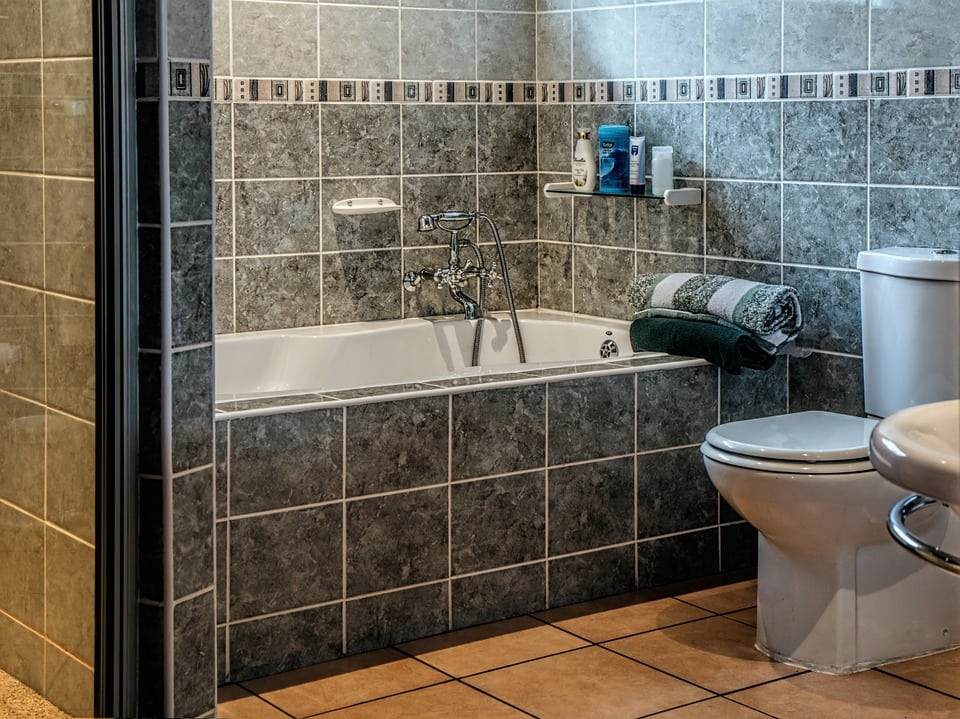
December is a busy time for PRs, many of whom struggle to cut through the noise with even the most worthy of campaigns. Which is why you have to salute the inventors of the Yule Log Clog.
This Christmas, as families huddle together under the same roof, there is one housing component that all too often goes unnoticed; the drain pipes. With the average Brit consuming nearly 6,000 calories on Christmas Day alone (and a whopping 210g of fat) and more people than normal in the same house the toilet comes under extra pressure at this time of year, with drains specialist Dyno – who are no stranger when it comes to clearing up blockages – taking an extra 12 per cent increase in emergency call-outs to fix blocked toilets.
That’s why they are appealing to the British public to think of the pipes this Christmas. Speaking about the situation that some unfortunate householders will face this Christmas, Dyno engineer Jimmi Double said: “It can be unsavory and embarrassing when your toilet stops working, so it’s important to lighten the load and get help from professionals as soon as possible.
“This Christmas Dyno engineers will be working around the clock across the country to make sure that you can flush without fear of a blockage and avoid the “Yule Log Clog”.
Here’s a bit of practical advice to keep you prepared:
1. Come protected: If there’s one part of your plumbing you really don’t want to come into contact with, it’s a blocked toilet. Before you get started, make sure you’ve got protective glasses, a pair of long rubber gloves, a small plunger, a strong black bag without holes.
2. Don’t flush: Most of the time, flushing a blocked toilet is just going to make things worse. The bowl could fill up with dirty water, and you might even end up with sewage on your bathroom floor. So before you try anything else, get started on removing the blockage.
3. Be brave: Put on your protective gloves and glasses, and place your hand into the bowl. Feel around for anything that might have fallen in and become stuck, and see if you can start to loosen any toilet paper that might have built up in the bend.
4. Plunge carefully: Lift up the toilet seat and place the plunger at the bottom of the bowl. Move the plunger up and down to start to loosen the blockage, but do it gently – you don’t want any sewage spilling over the side of the toilet and damaging your bathroom floor.
5. Safely dispose of the waste: Once you’ve loosened the blockage, pull all of the waste out of the toilet and place it carefully into your black bag, being careful not to drip any dirty water onto yourself or the floor. Once you’ve removed all of the waste, tie up the bag and take it straight out of the house.
6. Test the toilet: With the blockage cleared and the waste removed, your toilet should be back to normal. But just to be sure, place some toilet paper into the bowl and flush the toilet, watching to make sure that it clears. By following these steps, you should now know how to unblock a toilet, and you should be able to deal with most common cases by yourself.